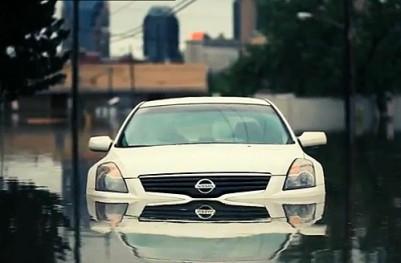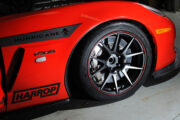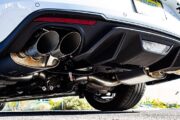
Floods are one of the most common natural disasters In Australia. Over the years, we have learned to cope with devastating aftermath and deal with damages caused by a flood. However, every year, every new flood brings something new and it seems as if we are never completely prepared for it. If you live in an area prone to floods, you know how hard it is to clean after it and recover personal belongings such as furniture, carpets, various tools and equipment and a car. Most people are concerned with drying out a flooded car since it is one of the costliest assets and also because car engine service and repair can be very costly. Of course, it is best to take your car for vehicle servicing, but before you do that, use the following tips to dry your flooded vehicle.
Clean The Interior – Mold is number one thing you should be worried about. To prevent mold from growing in your car, open the windows and doors. Take out all floor mats and car seat covers and wash them. If possible leave your car on the sun to speed up the drying out process. Use fans to dry car seats and other interior parts. Do not forget to vacuum the car thoroughly to remove all dirt particles. Also, raise the hood to have engine and other parts dry faster. This is important as you may be forced to do engine reconditioning.
Check The Engine – The first thing to check are engine and engine oil. Remove the engine oil dipstick to check if there is water in the engine. If there is, do not start the car. Instead, leave the hood raised for about 24 hours so the engine can dry. If there is still water present, have the car towed to your mechanic to drain any excess moisture and replace both transmission fluid and motor oil. Ask for thorough vehicle servicing to be sure car is in drivable condition and does not need major repair such as water pump repair or engine reconditioning.
Check Electrical Systems – If there is no water in the engine oil and the engine seems OK, start the car. Make sure you check all electrical systems – air conditioning, turn signals, windshield wipers, headlights, stereo system, all interior lights, window and seats feature buttons, etc. If anything is not working, take your car to the mechanic right away.


